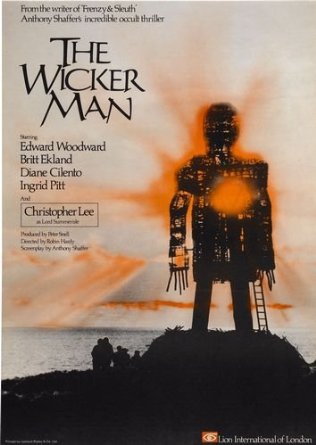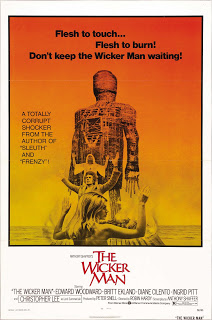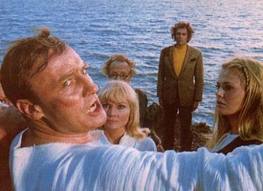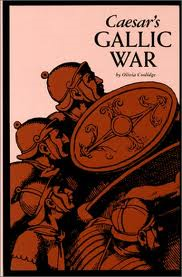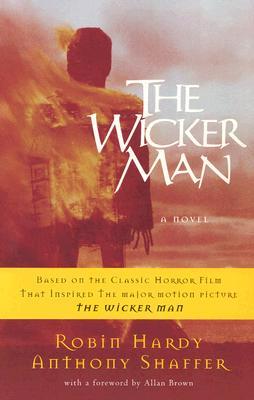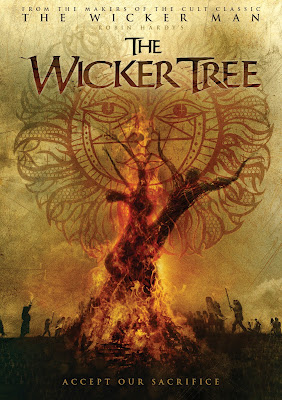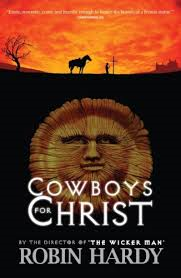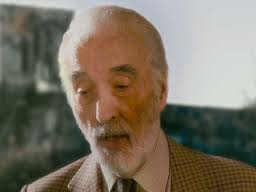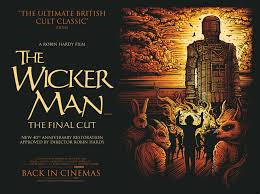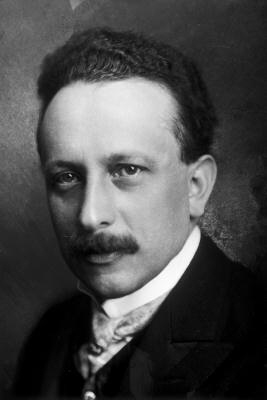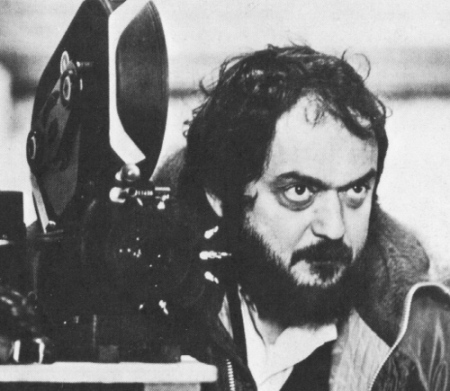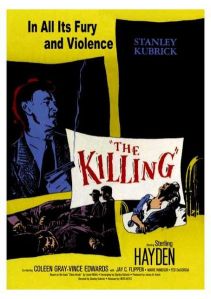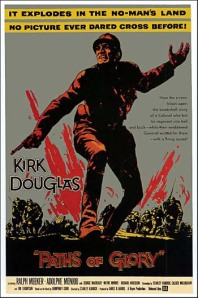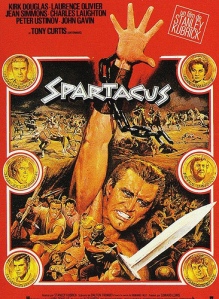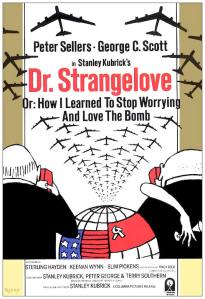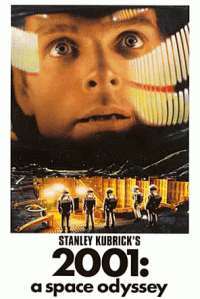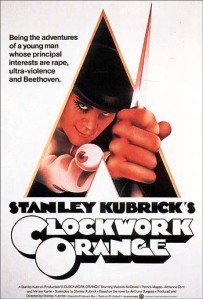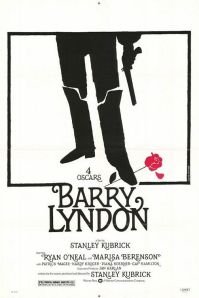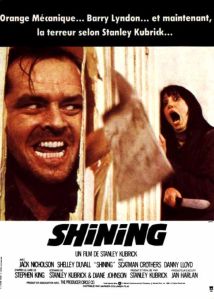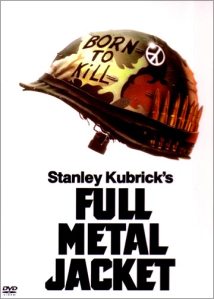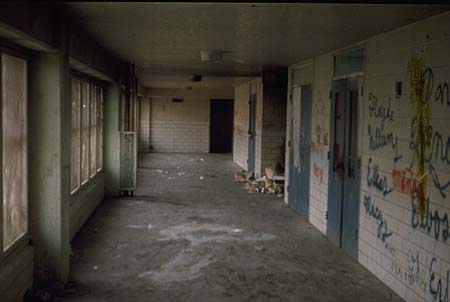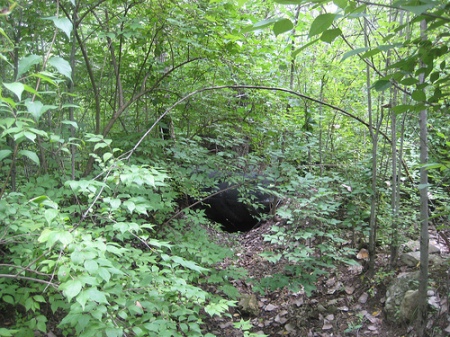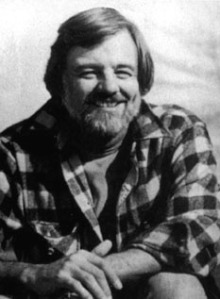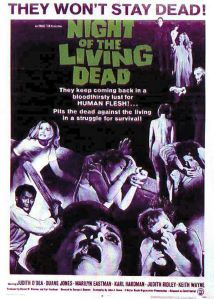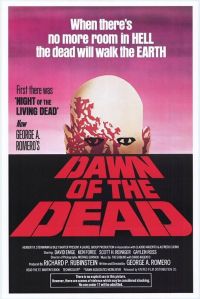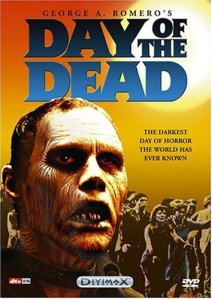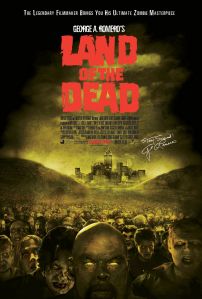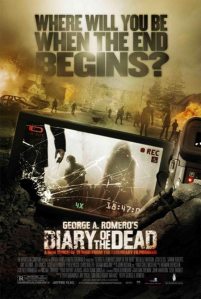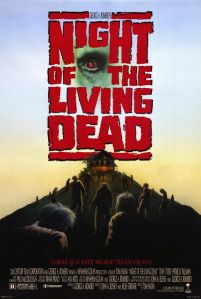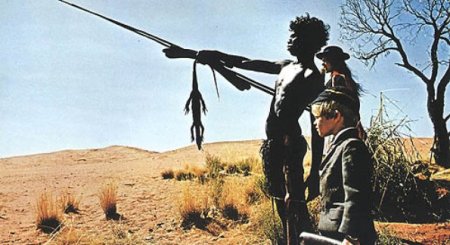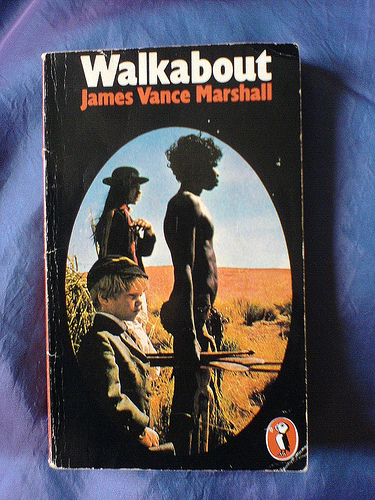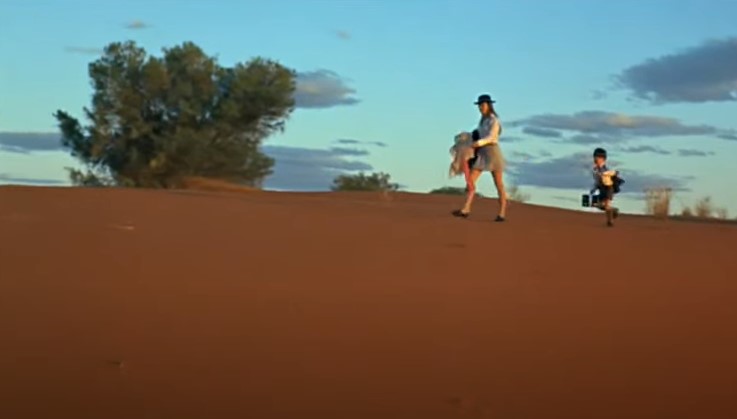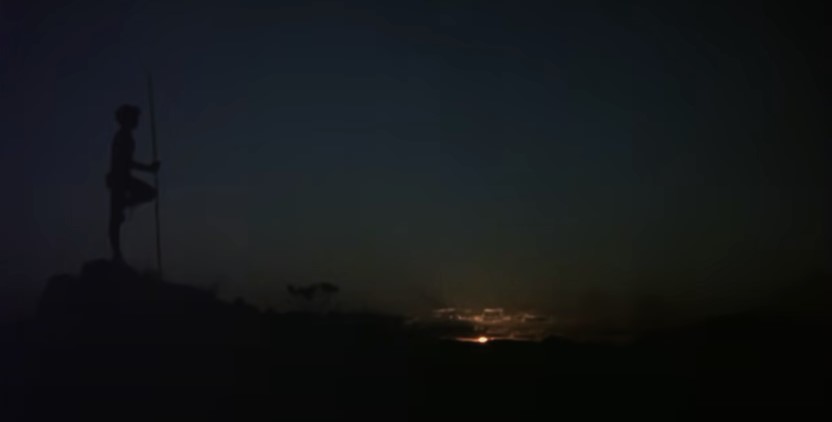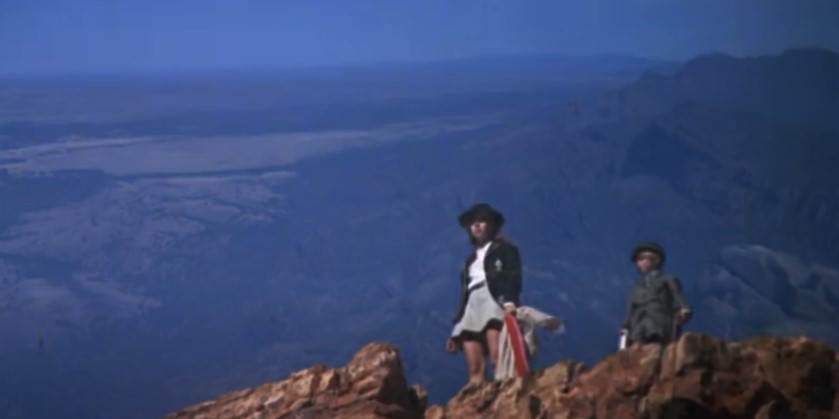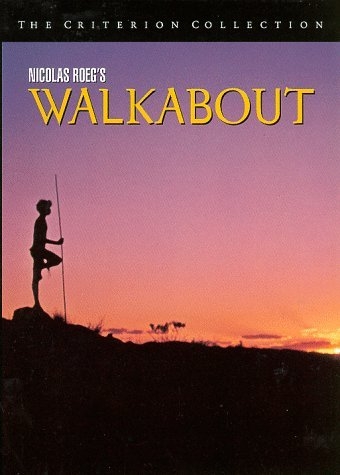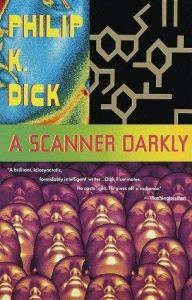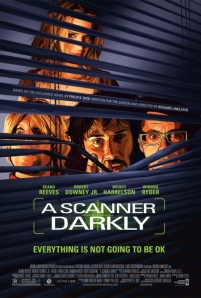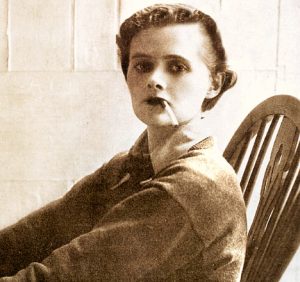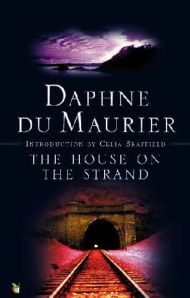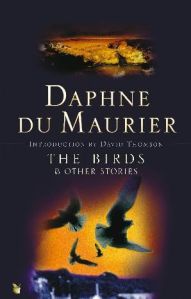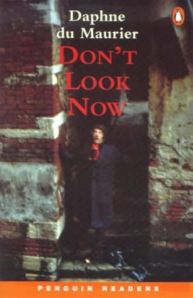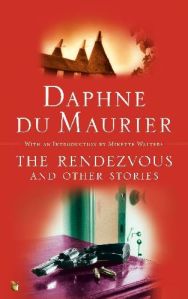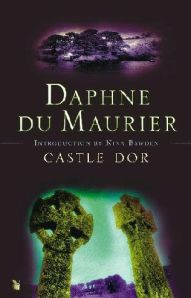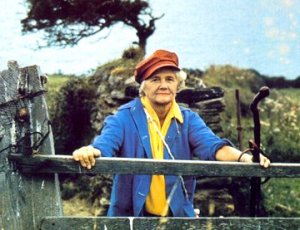The Wicker Man is a 1973 British horror film directed by Robin Hardy and written by Anthony Shaffer. The film stars Edward Woodward, Christopher Lee, Diane Cilento, Ingrid Pitt, and Britt Ekland. Paul Giovanni composed the soundtrack. The film is now considered a cult classic.
Shaffer read David Pinner’s 1967 novel Ritual, in which a devout Christian policeman is called to investigate what appears to be the ritual murder of a young girl in a rural village. Shaffer decided that it would serve well as the source material for the project.
Inspired by the basic scenario in Ritual, Shaffer wrote a screenplay which centres on the visit of Police Sergeant Neil Howie to the isolated island of Summerisle, in search of a missing girl the locals claim never existed. Howie, a devout Christian, is appalled to find that the inhabitants of the island practice a form of Celtic paganism.
Shaffer wanted the film to be ‘a little more literate’ than the average horror picture. The idea of a confrontation between a modern Christian and a remote, pagan community continued to intrigue Shaffer, who performed painstaking research on paganism. Working with director Robin Hardy, the film was conceived as presenting the pagan elements objectively and accurately, accompanied by authentic music and a believable, contemporary setting.
The image of the wicker man, which gave the filmmakers their title, was taken from a paragraph in The Gallic War, Julius Caesar’s account of his wars in what is now France. Caesar wrote:
‘The whole of the Gallic nation… believe that unless one human life is offered for another the power and presence of the immortal gods cannot be propitiated. They also hold state sacrifices of a similar kind. Some of them use huge images of the gods, and fill their limbs, which are woven from wicker, with living people. When these images are set on fire the people inside are engulfed in flames and killed. They believe that the gods are more pleased by such punishments when it is inflicted upon those who are caught engaged in theft or robbery or other crimes; but if there is a lack of people of this kind, they will even stoop to punishing the guiltless.’ (Julius Caesar, The Gallic War, 6.17).
The Wicker Man, released in 1973, became a cult classic. Hardy and Schaffer also collaborated on a novelization of their film.
In 2011, a spiritual sequel entitled The Wicker Tree was released.
It was directed by Robin Hardy, and featured an appearance by Christopher Lee. Hardy first published the story as a novel, under the name Cowboys for Christ.
First announced during April 2000, filming on The Wicker Tree began on 19 July 2009. It follows two young American Christian evangelists who travel to Scotland; like Neil Howie in The Wicker Man, the two Americans are virgins who encounter a pagan laird and his followers.
Here is a trailer:
Those involved in the production of the film have given conflicting statements regarding the identity of Christopher Lee’s character, referred to only as ‘Old Gentleman’ in the credits Writer/director Robin Hardy has stated that the ambiguity was intentional, but that fans of The Wicker Man will immediately recognise Lee’s character as Lord Summerisle.
Recently, it was announced that a fully-restored print of The Wicker Man is due to be released on DVD as The Wicker Man (The Final Cut). Robin Hardy has confirmed this.
Here is a trailer:
https://www.youtube.com/watch?v=yXFYU3v-wL4
The Wicker Man
(c) R J Dent 2013
